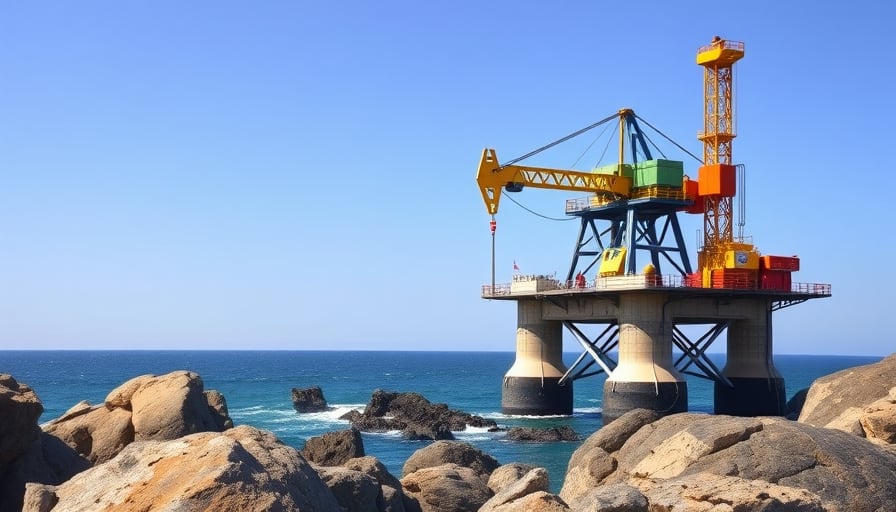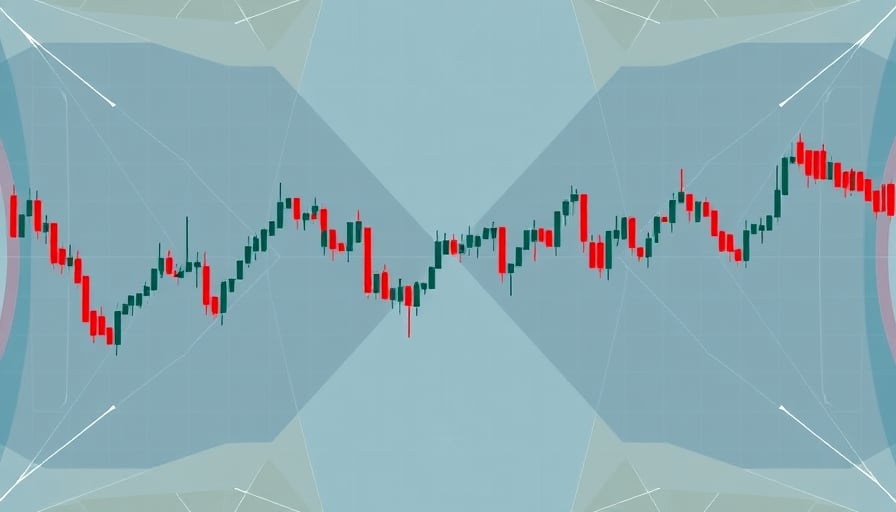Evonik Industries AG: A Plunge into the Abyss
Evonik Industries AG, once a paragon of German specialty‑chemistry engineering, has slipped inexorably toward a new all‑time low. The most recent earnings warning—its third within a single calendar year—has shattered investor confidence, dragging the share price to a 52‑week trough of €13.34 on 16 November 2025, a dramatic contraction from its March peak of €22.39. With a market cap of €6.3 billion and a staggering price‑to‑earnings ratio of 67.01, the company’s valuation now appears more a speculative gamble than a reflection of fundamental strength.
The Immediate Catalyst: Shockingly Weak Q3 Results
The third quarterly warning came with a flood of data that could be described as a chemical “nightmare.” Revenue fell sharply, margins eroded, and cash flow turned negative. The company’s own metrics, published in the 19 November 2025 Boerse‑Express article, paint a bleak picture: declining production efficiency, rising raw‑material costs, and a backlog that has contracted in the face of waning demand across consumer goods, animal nutrition, and pharmaceutical segments. Each warning amplifies the narrative that Evonik is not merely adjusting to a temporary shock but is in the throes of a structural decline.
Contextualizing the Decline: A Global Market in Flux
Evonik’s woes are not isolated to its internal operations; they echo broader industry trends. According to a 18 November 2025 GlobeNewswire release, the global specialty oilfield chemicals market—one of Evonik’s key revenue streams—is projected to grow from USD 16.83 billion in 2025 to USD 26.03 billion by 2035, a CAGR of 4.46%. While growth is modest, the market is highly competitive, and any slowdown in demand or price pressure will disproportionately hit companies that are already struggling with cost discipline.
Similarly, the anisole market, a critical feedstock for fragrance and pharmaceutical intermediates, is expected to reach USD 149.02 million by 2032, according to a MAXIMIZE MARKET RESEARCH report. This modest valuation signals limited upside potential for companies heavily invested in anisole‑derived products. Evonik’s exposure to this segment therefore appears more risky than rewarding.
Even the advanced functional materials arena—projected to surge to USD 277.7 billion by 2035—offers a double‑edged sword. While growth is attractive, the market is dominated by Asia‑Pacific and European players with tighter margins and rapid innovation cycles. Evonik’s ability to keep pace with these dynamics is questionable, especially given its recent earnings volatility.
Market Sentiment and Broader Indices
Evonik’s stock performance has been mirrored by a broader downturn in the MDAX. Across multiple trading days in November 2025, the index trended lower, reflecting a general pessimism toward German industrial stocks. Even on days when the MDAX posted modest gains, Evonik’s shares lagged, underscoring a lack of confidence specific to the company.
What This Means for Investors
Risk Exposure – The sustained earnings warnings and plummeting share price signal that Evonik’s business model is under severe stress. The company’s high P/E ratio indicates that current market pricing is already compensating for a steep decline in future earnings.
Limited Upside – With core markets growing slowly and facing intense competition, the likelihood of a rapid turnaround is slim. Any recovery would require a fundamental shift in strategy or a significant market event that favors Evonik’s niche product lines.
Potential for Redemption – Investors with a high‑risk tolerance might view the depressed valuation as an opportunity to enter at a fraction of the company’s historical peak. However, this approach necessitates a conviction that Evonik can reverse its cost structure and regain market share—a proposition that is far from guaranteed.
Conclusion
Evonik Industries AG’s trajectory is a textbook case of a company caught between external market headwinds and internal operational challenges. The third consecutive earnings warning within a single year, coupled with an all‑time low in share price, casts a long shadow over its prospects. While the broader specialty chemicals industry offers modest growth, Evonik’s current performance suggests that it has not yet found a sustainable path forward. Investors and analysts alike should scrutinize the company’s forthcoming quarterly reports and strategic initiatives with a critical eye, recognizing that the next move could either signal a dramatic turnaround or a continued descent into deeper financial distress.




